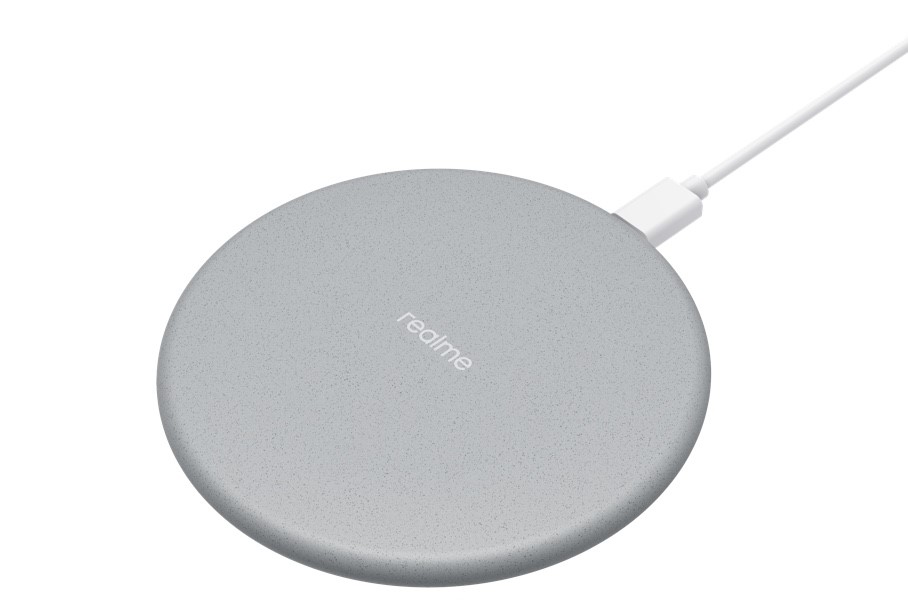It is a “kill all wires” kind of atmosphere in the tech world nowadays. All things tech suddenly have to be wireless to be relevant or in “trend.” Anything with wires is now considered old school and charging too is falling prey to this wireless wave. But is ridding everything of wires always a good thing?
Well, as cool as a life without wires may sound, wires actually are important for all technology, be it new or old. They are like veins that connect one piece to another, creating a circle of life that makes the device work.
So why do we have such deeply instilled hatred for wires? It could be because many people think wires limit us and do not let us be as free as the wireless counterpart of the same device. That is correct for some products like TWS, but that does not mean that all things wireless give you freedom and are way better than their wired counterparts. Wireless chargers are a great example of this. (note: for the purpose of this article, wireless charging is not a power bank with wireless charging, but a conventional wireless charging mat or pad or disc)
Wireless charging STILL needs a wire
Wireless charging has been a love-angle of the tech world for a while. It is marketed as the magic feature that makes a smartphone elite. Now, the idea of just putting your phone down on a charging mat in order to charge it sounds freeing, but if you really think about it, wireless chargers are not REALLY wireless after all.
Yes, we said it – wireless charging is not actually wireless.
Before you laugh at this, hear us out. A wireless charger is basically a charging mat or disc on which you put down your phone to charge. Still, at the end of the day, that charging mat has to be plugged into a wall to charge your phone in the first place. This basically only gives you freedom from the process of plugging your device into the cable connected to the wall charger.
Actually, most wireless charging does not remove any wires from the charging process. And still charges a premium from you. Sounds crazy? Let us do the math:
Wired charging: your device + cable + wall charger
Wireless charging: your device + a charging mat + cable + wall charger
It is not convenient – find the perfect surface, and place it carefully
If anything, wireless charging is a more inconvenient and expensive solution to our wired problems and, contrary to popular belief, ties us down further. This is because, with a traditional wired charger, you can simply plug in your phone and still use it, whereas you cannot really use your phone while charging it wirelessly because the charging mat on which your phone has to be kept has to remain flat on a surface. And yes, having a wireless charger also means that unless you have something like a magnetic charger, you will need to find a surface to place it. Not like your normal charger to which you can connect your phone and even leave it dangling if it seems safe enough, or dump it inside your bag, with the cable protruding!
That’s not the only issue with wireless charging. Yes, the days of Micro USB ports were annoying when one had to flip the cable multiple times before plugging it in correctly but now most Android phones come with a USB Type C port (even budget smartphones) and the iPhone comes with a lightning port, where the problem of ‘flip the charger to fit’ does not really exist. Instead, you can simply just plug the charger in.
Now, with most charging mats (barring Magsafe and Magsafe-like magnetic chargers) you have to make sure you have to keep your phone at the exact spot where it charges, which can be a task if you have a case on your phone which most of us do nowadays. And God forbid it accidentally moves because then you have an uncharged phone. This is the equivalent of the situation where you plug in your wired charger but forget to turn on the switch.
It is slow, it is expensive too
There is also the matter of charging speed. Barring a few exceptions (and those cost a bomb), wireless chargers are never as fast as their wired counterparts. In fact, most of them are quite slow, with budget wireless chargers coming with charging speeds of 5W and 10W. Contrast that with wired chargers that can go upto 30W and above at the same price, or even at lower prices – even Rs 12,000 phones come with 33W chargers in the box now. Yes, it might look snazzy, but wireless charging is never snappy.
Finally, there is the matter of price. Wireless chargers can cost two to three times the price of your normal wired charger, which is a lot, especially for a charger.
So all this basically means that even after spending more money, you will get slower charging and less freedom with wireless chargers. This does not mean we have written them off completely. On the contrary, some of the upcoming wireless chargers are certainly an improvement over what we were getting a few years back. But we still think these wireless charging creatures have a long way ahead of them before they actually manage to break away their wired shackles. Xiaomi’s much-hyped Mi Air Charge technology, which charges devices literally through the air, might change that, but that is still largely a concept.


